1
HOME > Tips & Advice >
WHAT MAKES AN ETHICAL FASHION BRAND?
WHAT COUNTS AS A SUSTAINABLE MATERIAL AND WHY IT'S IMPORTANT TO KNOW HOW A GARMENT WAS SOURCED
Written by Ivan Yaskey in Tips & Advice on the 8th October 2018
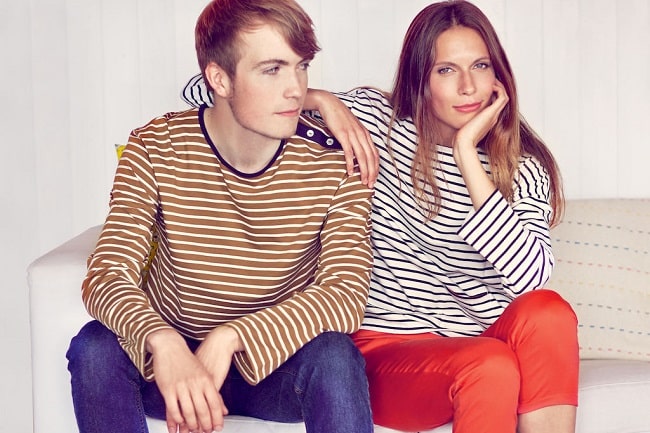
Consumers want to know: Where’s that garment coming from and what is its impact on the environment? According to an NPD survey, with the results published in July 2018, 25 percent of all consumers have purchased something sustainable, organic, or eco-friendly, with younger buyers more likely to seek out these items. But what, for that matter, is 'sustainable' or 'ethical' fashion? It’s seldom easy to tell. 'Greenwashing' makes certain items seem beneficial – they’re being sourced locally or made from organic fibres, for instance – but factors like inorganic, toxic dyes that pollute the environment, farming practices using large amounts of chemicals and water, and shipping an item halfway across the globe cancel this all out. As such, you think you’re making an environmentally sound decision when, in fact, it doesn’t make that great of a difference.
However, as more businesses disclose their sourcing and manufacturing practices and tragedies like the Rana Plaza collapse come to light, the fashion industry’s practices look more and more unsustainable. Clothing, whether high-end or fast fashion, is only designed for a single season or two, before it’s discarded. Materials, meanwhile, often come from petroleum-based sources and, therefore, will take centuries to break down. In countries with few, if any, environmental regulations, dyes regularly get dumped into rivers, therefore polluting water sources. And, until fairly recently, it was a regular practice for major brands to outsource their production operations to such countries, where there’s equally little oversight regarding wages, working conditions, and child-labour practices.

As a result, as more and more companies overhaul their strategies, or at least pledge to make their operations more sustainable, 'ethical' fashion typically stands on a series of pillars: fabrics are made from environmentally friendly materials and natural dyes, waste is reduced through the supply chain, the company reduces its carbon footprint through emissions reduction, and they’re more alert to the rights of all workers through all levels of the manufacturing and production process. Big picture and regardless of industry, sustainability, according to the UN’s Report of the World Commission on Environment and Development, meets modern-day needs without compromising the environment and needs of future generations. Yet, as you’re shopping around, most of these points look like generalities, and you’re left wondering, “What counts as a sustainable material? Where and how was this item sourced?” As a starter guide, think about the following points:
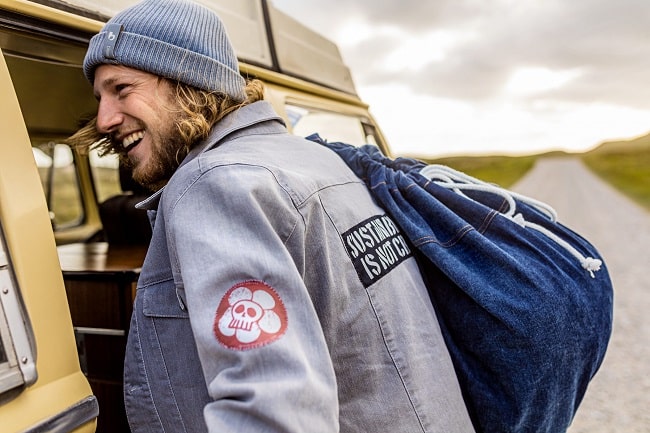
Materials
As the backbone for all garments, how clothing gets created is ultimately unsustainable: Large swaths of land get cleared for a crop of cotton, the crop gets watered and sprayed with chemicals, and once it’s woven into a material, harsh dyes give it colour and frequently end up dumped into the environment. 'Sustainable' materials, meanwhile, encompass a few sources. As perhaps the most accessible, there’s vintage or upcycled fabrics – essentially, materials already in use get repurposed as something else. But, beyond this, fabrics should be natural, biodegradable fibres that don’t require a ton of water to grow. Linen and hemp fit this descriptor, while organic cotton and bamboo are somewhat more questionable, in spite of their marketing. Compared to standard cotton, organic cotton is biodegradable and not farmed with chemicals, but you still have to factor in how much water is needed to grow the crop. Bamboo, while known for growing fast and being a natural source, isn’t as easily turned into a fabric; in fact, chemicals may be used to transform it into a thread for weaving.
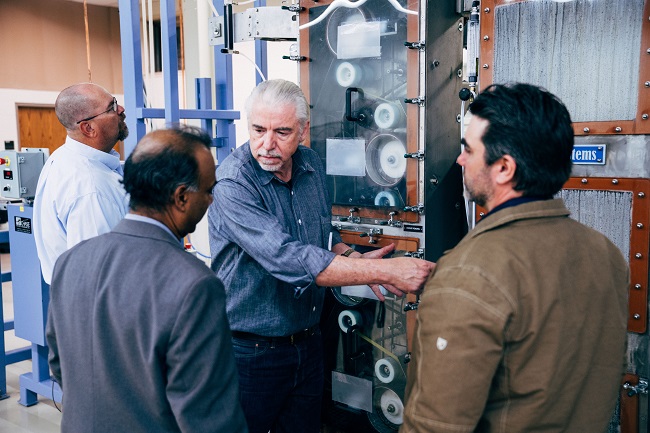
Wood, too, appears similarly sustainable, but you further need to consider the source. Bamboo and upcycled versions have a much smaller environmental impact, but anything made from mahogany, teak, or a similar hardwood likely was sourced from a rainforest. What’s not sustainable? Anything petroleum-based, for starters: Nylon and polyester are fairly obvious, while 'vegan' items often use PVC. The same applies to leather: Unless it’s recycled or repurposed from an old jacket or car, the entire process of clearing land, feeding animals, skinning them, and tanning and dyeing the hides casts a significant carbon footbed and consumes a large amount of environmental resources.
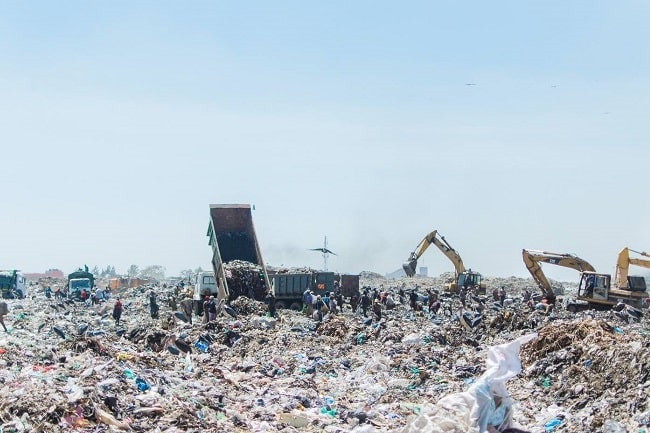
Supply Chain and Corporate Operations
Perhaps the opaquest aspect, how a corporation outsources its labour, ships its goods, and even operates its facilities is often shrouded by a bureaucratic cloud. In several instances, greenwashing and the illusion of locally made goods make it seem like your purchase has less environmental impact. But, consider this: For that local shop, from where and how are materials being shipped, and if organic materials are used, is the construction fully organic or mixed with polyester, and does that care extend to the dyes and manufacturing processes? Unfortunately, while brands from Gucci and Balenciaga to Adidas and H&M have announced transparency initiatives, these efforts don’t fully extend down the supply chain and often encompass select operational aspects – for instance, the materials used, but not labour and where goods get made. Thus, as a basic checklist to do some research, consider the following:
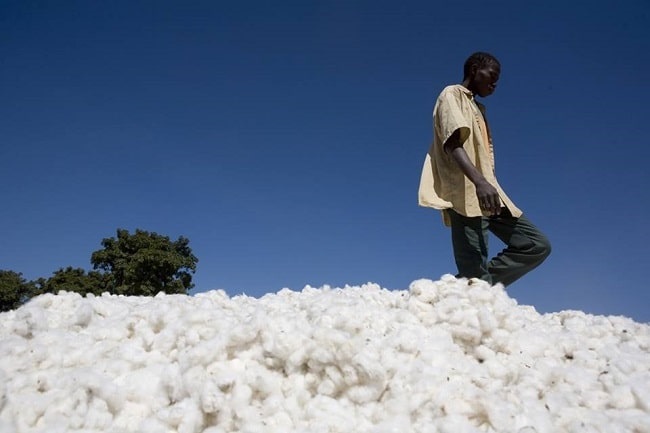
Packaging: Is plastic used to ship materials, or are biodegradable, recycled materials used to minimise waste?
Energy: How green are corporate operations? Aspects like using a green energy supplier, setting up solar panels for the home office, and recycling water reduce annual CO2 emissions by as much as 30,000 tons.
Employment: Regardless of where the company has its corporate facilities and factories, an ethical business has minimum employment ages to prevent child labour, lets workers freely choose to be employed, offers collective bargaining rights, has legally compliant pay rates/hours/safety conditions, does not practice discriminatory hiring practices and does not engage in inhumane treatment of its workers.
Factories: Having company-owned factories allows for greater, more consistent oversight when it comes to employment practices. Often, however, brands outsource their material sourcing and manufacturing aspects to multiple independently owned factories across the globe. Although drawing up a contract spells out the rules and practices a supplier must adhere to, agreements are far harder to enforce without a constant presence and communication.
Fair Trade Certified: For businesses to earn this certification, they need to prove they provide safe conditions and fair wages for all workers and have to undergo a stringent evaluation concerning ethical practices to receive a distinction like Fair Trade USA, Fair Trade America, or Fair Trade International.
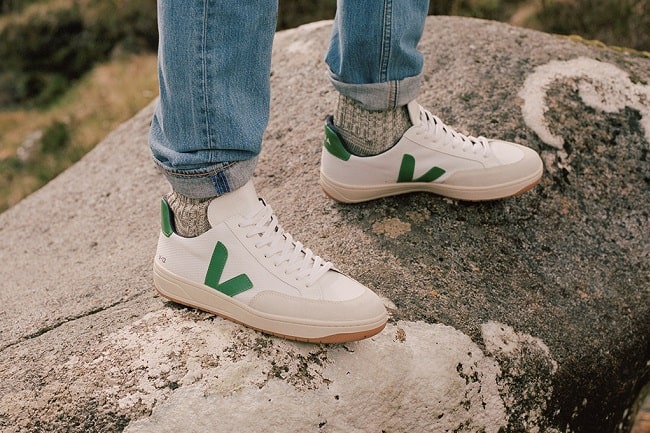
Are you more likely to buy from an ethical clothing brand? #style
— Menswear Style (@MenswearStyle) October 8, 2018

Trending
2
3
4
5
6
7
8
9
10










